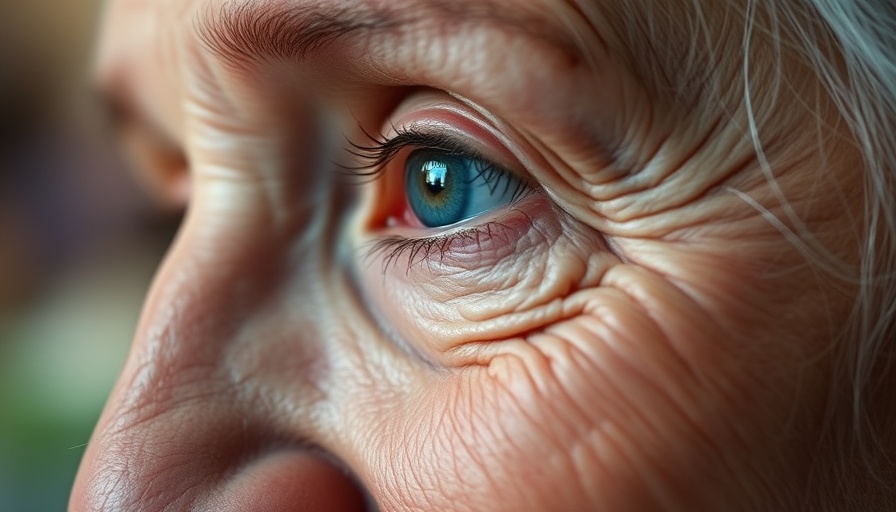
Revolutionizing Vision: New Cataract Treatment Success
Patients undergoing cataract surgery or vision correction now have promising options thanks to innovative intraocular lenses (IOLs). The TECNIS PureSEE, a new type of lens, is transforming the experience of individuals affected by presbyopia, a natural age-related condition that diminishes the ability to focus on nearby objects.
Understanding Presbyopia and Its Impact
As people age, nearly everyone experiences presbyopia, making it difficult to read or focus on close objects. This change is often frustrating, leading many to rely on reading glasses. The recent findings presented at the 43rd Congress of the European Society of Cataract and Refractive Surgeons (ESCRS) show that patients receiving the PureSEE IOL have significantly improved visual outcomes across all distances, thus minimizing their dependence on spectacles.
Study Findings: A Glimpse into Patient Satisfaction
Over 200 patients participated in this pivotal study across 17 sites in Europe and the Asia-Pacific region. Researchers assessed how well the patients could see at different distances, including far, intermediate, and near. The results are striking: 96% of the participants reported that they seldom needed glasses for distance vision, and 73% expressed satisfaction with their near vision. Furthermore, across the board, approximately 95% of the patients would recommend this lens to others.
The Technical Marvel of EDF IOLs
The PureSEE lens, a purely refractive extended depth of field (EDF) IOL, works by extending the range of clear vision, allowing for functional clarity without glasses. Professor Oliver Findl, who leads the ESCRS Education Committee, described the lens's ability to provide excellent distance vision and satisfactory near vision, thus offering a remarkable solution for patients.
Future Insights: A Hopeful Path for Vision Health
Given the high satisfaction rates and the effectiveness of the PureSEE lens, future research may focus on expanding the use of this technology to broader demographics, evaluating long-term outcomes, and refining surgical techniques to enhance the quality of life for patients with presbyopia and cataracts. Individuals awaiting surgery should consider these advancements when discussing options with their healthcare providers.
The ability to see clearly at all distances without the hassle of glasses presents an incredible opportunity for those affected by age-related vision changes. Whether it's reading, engaging in hobbies, or driving, good vision enhances every aspect of life.
 Add Row
Add Row  Add
Add 




Write A Comment